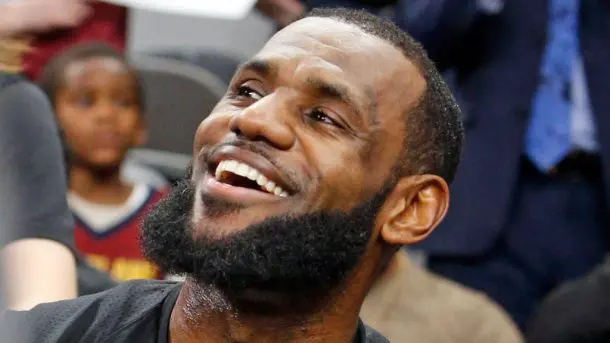Although many presidential candidates' blueprints are grabbing headlines in the run-up to the 2016 U.S. elections, it seems that most Americans still hold a dim view of both Democrats and Republicans.
"As the 2016 presidential race increasingly dominates political news, the favorable ratings for both major parties are still close to their historical lows," Gallup said of a poll released Monday.
Currently, 42 percent of Americans favor the Democrats, up from 39 percent, while the Republicans' popularity rate dropped from 37 percent to 35 percent, according to the survey, whose results show that Americans now hold a more positive view of the Democrats.
After the substantial losses in the 2014 midterm Congressional elections, Democrats have seen a slight improvement in their political standing.
They recently regained their edge in party affiliation that they lost last fall, while the approval rating of Democratic President Barack Obama has risen slightly over the course of this year compared with last year, found the leading pollster.
The Democrats' current favorable rate is in a positive relationship with how the American public has seen the party over the course of Obama's presidency.
The Democratic Party used to enjoy a popularity rate higher than 50 percent in 2009, but it then fell to the low 40s in 2010 and remained around that level over the next several years, aside from a brief spike of 51 percent in November 2012 after Obama's re-election.
Meanwhile, Republicans have seen their slight boost in popularity last fall reverse itself. But recent political history shows that Republicans' popularity rate can be volatile.
For example, during the government shutdown in October 2013, Republicans saw their popularity rate plunge to 28 percent. For a brief time, there was talk among some political pundits that the Republican Party might fail to pick up seats in Congress in 2014, which would have been a rarity for the opposition party in a midterm election.
But beginning in late 2013, Republicans saw their popularity rate rise steadily as Obama's presidency was beset with problems, including the rise of the Islamic State in Iraq and Syria, the Ebola outbreak in the United States, and revelations that the Veterans Administration falsified reports to conceal the waiting times veterans endured to receive medical attention.
By November 2014, Americans viewed the Republican Party more favorably than the Democratic Party -- a rare occurrence in Gallup's trend dating back to 1992. The parties' current positioning is a reversal of what it was in November, Gallup found. Enditem
 简体中文
简体中文

